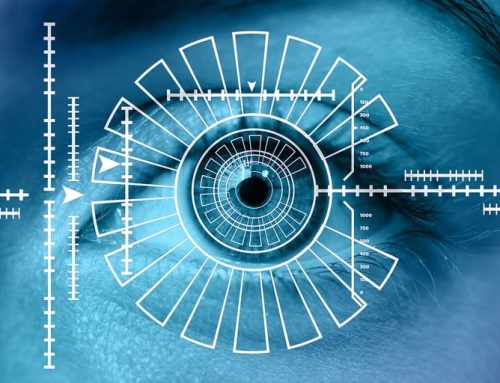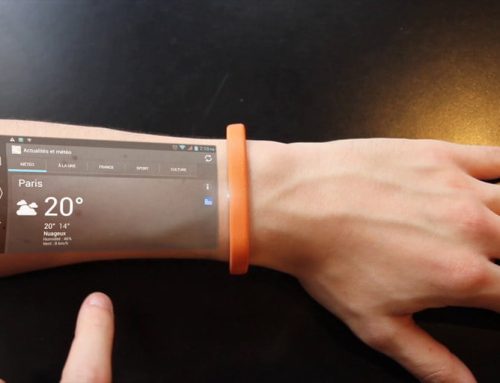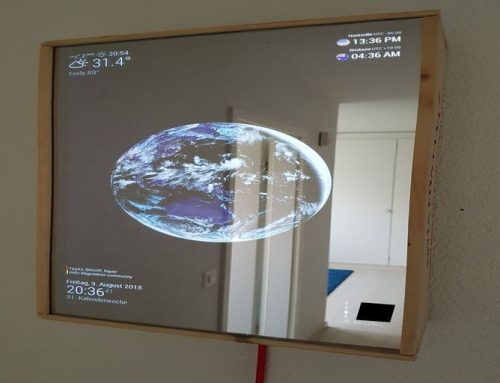
Now you can see me but now you don’t. Do you remember those days when the sun was coming and going on your window? In the winter season, everybody loves the sunlight. But what about summer, the answer is No. In the summer season to avoid the sunlight in the room most of us are using reflective glasses. It is a good option to prevent upcoming heat into the room. Now, summer passes, and winter comes and your window is still preventing upcoming heat from sunlight. To get the sunlight in, most of us open our window but what if your window is fixed or you can not open it. This is a complicated situation to solve this you might think to change your window glass mirror. But, now you don’t need to do this. Today we are exploring smart window glass also known as Electrochromic glass. The smart window glass changes its color from light to dark (clear to opaque) and back again, by pressing a button. How it is happening, let’s find out.

What is Smart Window Glass?
Glass is an important discovery of human beings. Without it, our buildings would be dark, cold, and damp. But glass also has some drawbacks also. A normal glass lets in light and heat even when you don’t want it to. On a hot summer day, more solar heat comes inside the building and you will need to use your air-conditioning system more. That increases your electricity bills and also it is waste of energy that harms environment too. Because of this most of the building windows are fitted with curtains. Using curtains seems a technological kludge. Even after using it, glass is transparent and you don’t want it to be.
Since the beginning of the 20th century, people had many electronic automated instruments for homes and buildings like washing machines, vacuum cleaners, refrigerators, and more. So, why should not use electric glass or smart window glass that can change from clear to opaque automatically? Smart window glass uses a scientific idea called electrochromism, in which material changes color (transparent to opaque) when the electric voltage is applied across it. Typically when you remove the applied electric voltage glass color becomes normal (opaque to transparent).
Engineering Inside The Smart Window Glass:
Smart window glass (electrochromic glass, also known as dynamic glass) is an electronically tunable used for windows, skylight, facades, and curtain walls. Smart window glass can be directly controlled by building occupants, is very popular for its ability to improve occupant comfort, maximize access to daylight and outdoor views, reduce energy costs and provide the architect with more design freedom.
Let’s talk about the internal structure of smart glass. Ordinary windows are made from a single layer of glass and double glazed windows have two glass layers separated by an air gap to provide heat insulation and soundproofing. Commonly sophisticated window glass is coated with a thin layer of metallic chemicals so they keep your building warm in winter and cool in summer. Smart window glass works similar to this, only the metallic coating they use is deposited with a modernized and sophisticated process. On inside surface smart window glass (facing into the home), the window has a double-sandwich of five layers of lithium cobalt oxide (LiCoO2) (also known as an electrochromic coating), a separator in the middle of the glass, and two electrodes for electrical contacts on either side of the separator, and finally two transparent electrical contact layers on either side of the electrodes. The basic working of smart window glass depends on the movement of the lithium ions (Li+ positively charged atom) that moves back and forth between the electrodes through the separator. In normal conditions, when glass remains transparent, the lithium ions reside in the inner electrode. Whenever a small voltage is applied across the electrodes, the ions migrate through the separator to the outermost electrode. When lithium ions soak into the outer electrode, they form a layer that reflects the light, effectively turning the glass opaque. This layer exists until the applied voltage is reversed because reverse voltage causes the lithium ions to move back and glass turns transparent once again.

Pros And Cons of Smart Window Glass:
This glass is a smart solution for buildings, school classrooms, healthcare facilities, and more. Smart window glass offers a good range of color variation control. Some of the manufacturers are using advanced algorithms that users can operate automatic control settings to manage light, glare, and energy consumption. The control can be integrated with home automation systems. Some manufacturers also provide mobile phone-based applications to control smart glass.
These are the merits of smart glass. Now, it’s time to look at some limitations of smart glass. As have discussed that smart window glass made with electrodes and fancy metal coatings those are making it more expensive. A single large smart window glass for a window comes in at approximately $1000. Also, these are not much durable as per their cost.
Applications of Smart Window Glass:
Smart window glass can be used with your sweet home as well as public places like Health care facilities, Restaurants, Classrooms, and more. In upcoming days this glass will completely become part of the home automation system to control the sunlight. Manufacturers of smart window glass are planning to integrate it with smart voice assistants like amazon Alexa or google voice assistant. So, we can say that future of smart glass is going to amaze us.
Thanks for reading. See you soon with another exploration!





